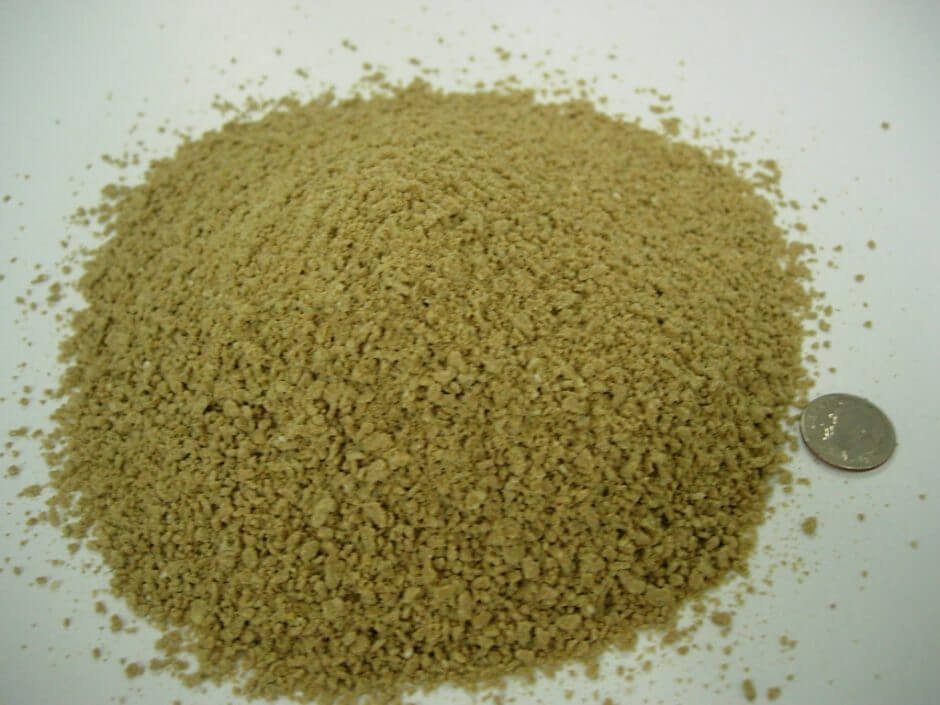Rice Bran Part 1: Extrusion Can Help Replace Antibiotics in Animal Diets

We often write about the changing landscape of food production, and what can help you during these transitions. One practice that we continually cover is antibiotic-free animal production (see here, here, and here) because it continues to be a growing market trend.
Alternatives to antibiotics in feed continue to be sought by the industry in order to deal with the uncertainty resulting from antibiotic removal.
We have also discussed how the high-shear extruder from Insta-Pro Intl can be used to stabilize and improve valuable co-products, such as rice bran.
It now seems that extruded rice bran and antibiotic-free animal production can go together. Allow me to explain.
I found a study published a few years ago that describes how extruded rice bran can benefit antibiotic-free nursery pig performance. The weaning period is especially volatile as piglets are taken from a diet consisting mainly of sow’s milk, and transitioned to a grain and oilseed-based solid diet. Antibiotics and other ingredients have long been used to smooth out this transition. This is shown in the data below taken from the study:
Adding antibiotics to the nursery diet improved average daily gain, average daily feed intake, and gain:feed (efficiency) – see the two bars on the left of each group. But, what happens when you take out antibiotics, to accommodate industry trends, and include 10% extrude rice bran? Average daily gain is improved versus the control (far-left bar), but not as much as the antibiotic treatment. However, average daily feed intake is reduced, resulting in the greatest gain:feed (efficiency) of all treatments. Interestingly, when antibiotics and extruded rice bran are used to together, performance is actually hindered somewhat versus extruded rice bran alone (more on this in a follow-up article).
So, I was curious how the use of extruded rice bran in place of some ingredients (in this case, some corn and solvent-extracted soybean meal) affected the total diet cost. Using pricing estimations that I could find, I calculated how including extruded rice bran in these diets, and removing some corn and soybean meal, changed diet cost:
You can see that by removing some corn and solvent-extracted soybean meal reduced diet costs as shown, and that the cost associated with including extruded rice bran is indicated. Overall, shown by the far-right bar, using extruded rice bran in place of some corn and solvent-extracted soybean reduced a phase I nursery pig diet by over US$4/ton.
Rather than telling consumers why they’re wrong (the wrong approach, in my opinion), we are looking for solutions to changing consumer demands. Consumers are demanding (and producers are supplying) more and more antibiotic-free animal production. We look forward to continue being part of the solution.



